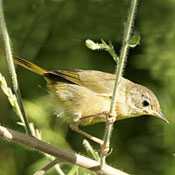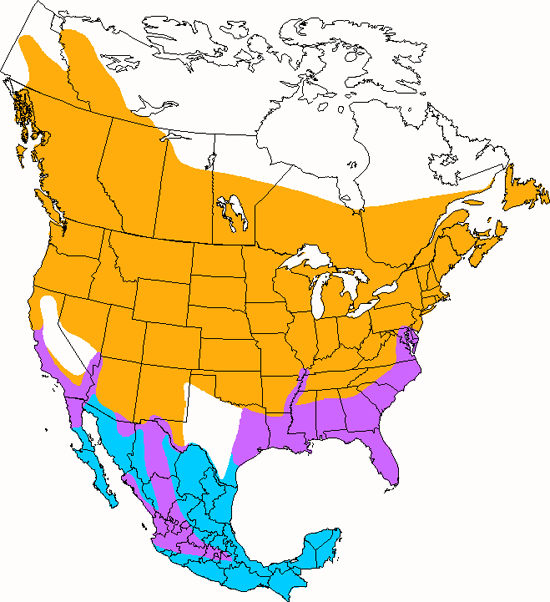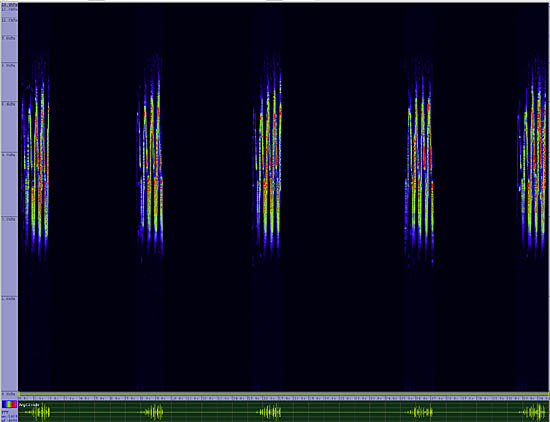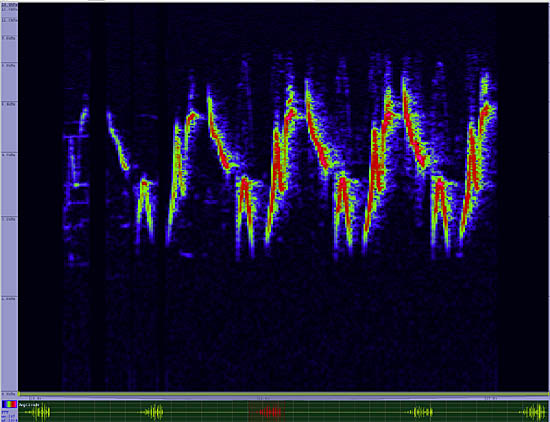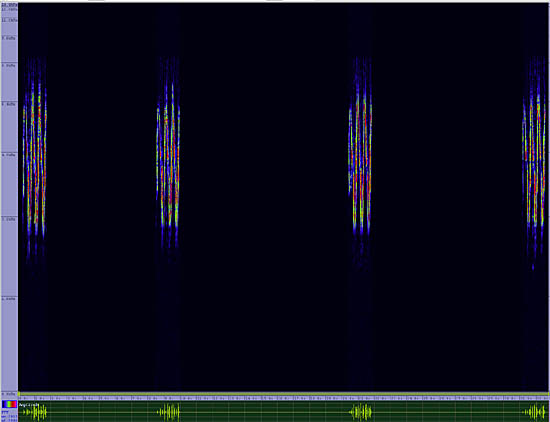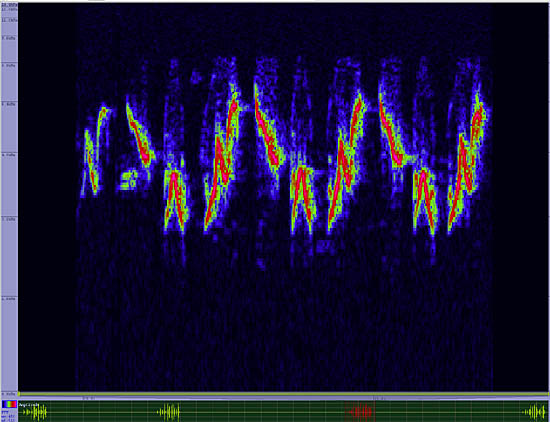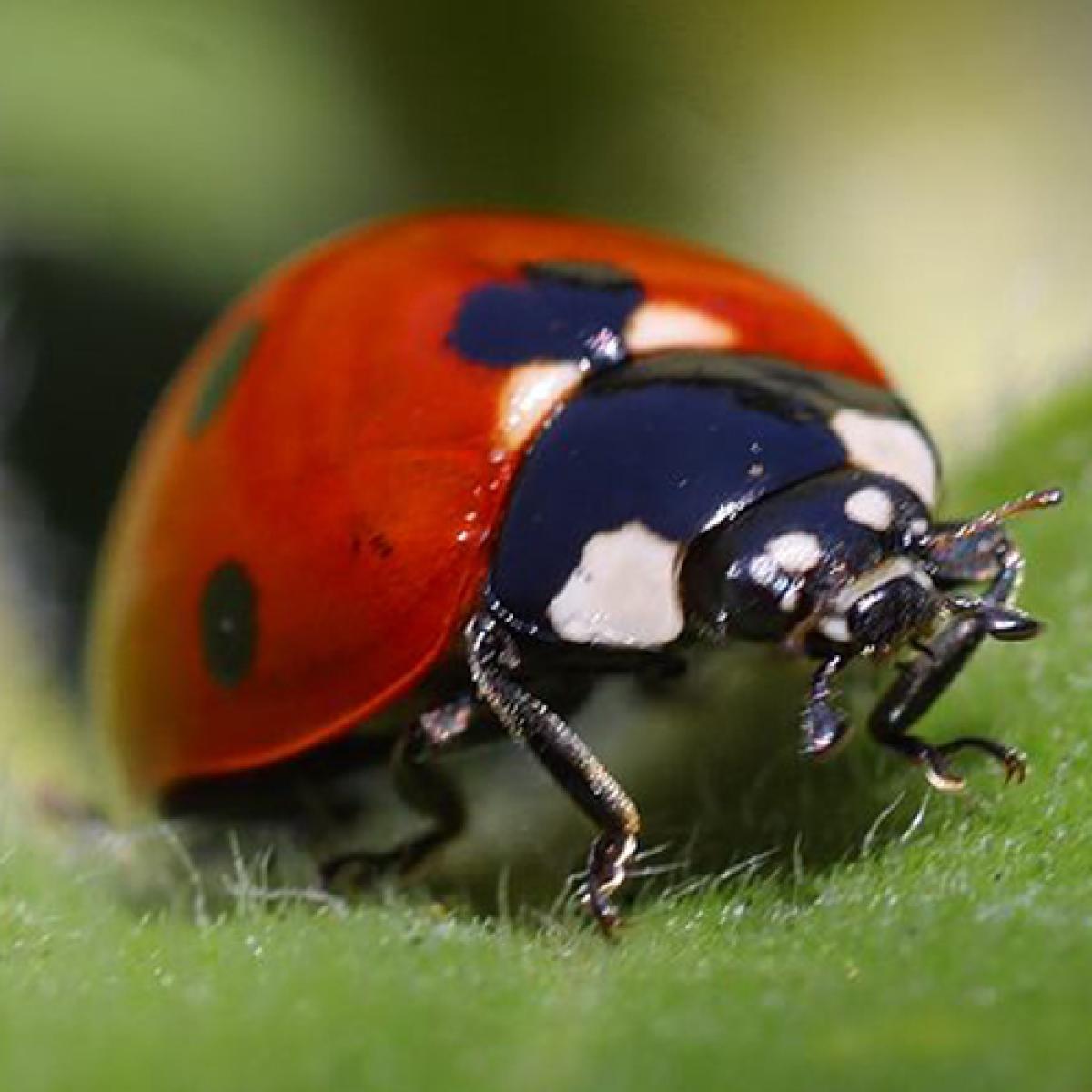Common Yellowthroat
Geothlypis trichas

Perching
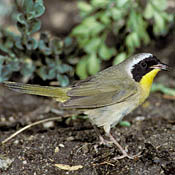
Length: 5 in. (13 cm )
This skulking warbler is restricted to dense vegetation along water courses, and its song and calls are the easiest way to detect its presence. It feeds mainly on insects and spiders caught on vegetation near the ground. Its cup-shaped nest is placed low in a bush and is large and loosely constructed of stems and grass.
The four-digit banding code is COYE.
Bibliographic details:
- Article: Common Yellowthroat
- Author(s): Dr. Biology
- Publisher: Arizona State University School of Life Sciences Ask A Biologist
- Site name: ASU - Ask A Biologist
- Date published:
- Date accessed:
- Link: https://askabiologist.asu.edu/activities/bird/common-yellowthroat
APA Style
Dr. Biology. (). Common Yellowthroat. ASU - Ask A Biologist. Retrieved from https://askabiologist.asu.edu/activities/bird/common-yellowthroat
Chicago Manual of Style
Dr. Biology. "Common Yellowthroat". ASU - Ask A Biologist. . https://askabiologist.asu.edu/activities/bird/common-yellowthroat
Dr. Biology. "Common Yellowthroat". ASU - Ask A Biologist. . ASU - Ask A Biologist, Web. https://askabiologist.asu.edu/activities/bird/common-yellowthroat
MLA 2017 Style
Be Part of
Ask A Biologist
By volunteering, or simply sending us feedback on the site. Scientists, teachers, writers, illustrators, and translators are all important to the program. If you are interested in helping with the website we have a Volunteers page to get the process started.

